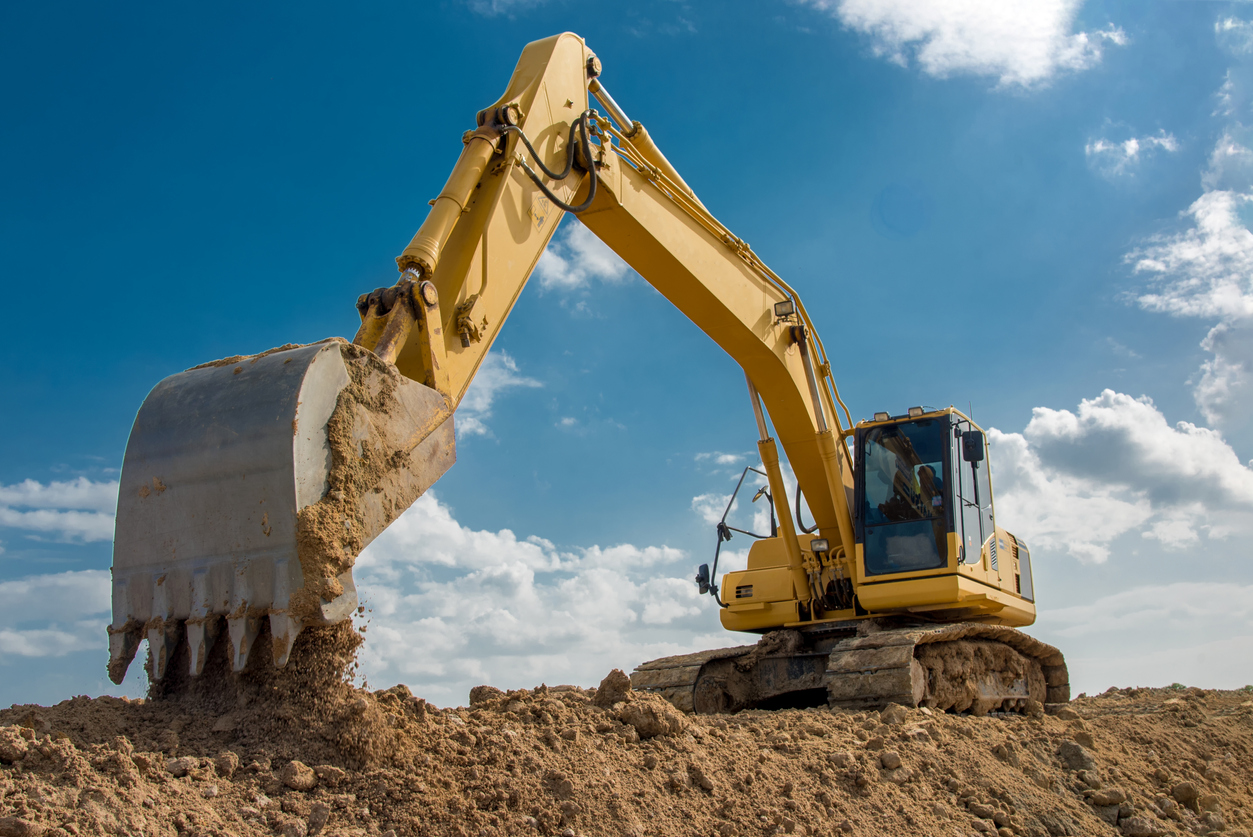Mini Excavator Rental: Compact and Powerful Machinery
Mini Excavator Rental: Compact and Powerful Machinery
Blog Article
Renting Vs. Purchasing Building Devices: Making the Right Option for Your Job
When getting started on a construction project, one of the crucial choices that predict managers and stakeholders deal with is whether to get or rent building and construction equipment. The decision hinges on different factors such as cost considerations, task duration, tools upkeep, versatility, scalability, and risk administration.
Cost Factors To Consider
When evaluating the economic facet of renting versus purchasing construction tools, the lasting expenses and upfront prices need to be very carefully taken into consideration. Leasing equipment commonly calls for reduced preliminary payments contrasted to purchasing, making it an eye-catching choice for short-term tasks or service providers with budget restraints. Leasing eliminates the need for big funding investments and minimizes the monetary risk connected with tools ownership, such as maintenance and depreciation expenses. Nonetheless, in the long run, consistently leasing tools can build up greater costs than acquiring, especially for prolonged projects.
On the other hand, purchasing building tools entails greater ahead of time costs however can result in lasting savings, especially for lasting tasks or constant customers. Eventually, the decision in between buying and renting building tools pivots on the task's period, frequency of use, budget factors to consider, and long-term financial goals.
Job Duration

On the other hand, for long-lasting jobs or ongoing building and construction work, buying tools can be the much more affordable option. Acquiring devices can lead to cost savings in the long run, particularly if the equipment will be regularly utilized. Moreover, possessing equipment gives a sense of control over its accessibility and enables personalization to fit specific task needs.

Devices Maintenance
Offered the vital role job period plays in determining the most affordable method between renting and buying construction devices, the emphasis now shifts towards checking out the important element of equipment upkeep. Appropriate maintenance is important for making certain the ideal performance and longevity of building devices. Leasing tools typically comes with the advantage of having properly maintained machinery offered by the rental firm. This can reduce the concern of upkeep tasks from the job owner or professional, conserving time and effort. On the various other hand, owning tools requires a positive method to upkeep to avoid failures, make sure safety, and extend the equipment's life expectancy. Routine evaluations, maintenance, and prompt fixings are essential to maintain owned equipment additional reading in top working problem. Element in upkeep costs when choosing in between purchasing and renting, as ignoring upkeep can result in costly repair work, downtime, and task hold-ups. Inevitably, a well-maintained building and construction devices fleet, whether leased or possessed, is vital for the successful and reliable conclusion of construction tasks.
Flexibility and Scalability
In the realm of building tools monitoring, the element of flexibility and scalability holds substantial relevance for project performance and source utilization. Choosing to rent out building equipment gives a high level of adaptability as it permits for the fast adjustment of equipment types and amounts based on the evolving requirements of a job. Renting out enables service providers to access a wide variety of specialized tools that might be required for specific tasks without the lasting commitment of possession. This flexibility is specifically advantageous for projects with varying needs or unclear periods (scissor lift rental).
Additionally, scalability, another essential variable, is naturally connected to flexibility. Leasing building and construction devices supplies the benefit of quickly scaling operations up or down as task demands rise and fall. Professionals can promptly exchange or add tools to match the job's changing requirements without the restrictions of possessing properties that might end up being underutilized or outdated. This capacity to range resources efficiently can cause expense savings and enhanced project timelines, making leasing a beneficial alternative for jobs needing flexibility and receptive resource allocation.
Danger Management
Effective threat management in building and construction tools procedures is extremely important to making certain project success and mitigating potential monetary losses. Building projects inherently involve various threats, such as tools breakdowns, accidents, and task hold-ups, which can substantially affect the job timeline and budget. By meticulously taking into consideration the risks related to owning or renting out building and construction devices, task managers can make educated choices to lessen these prospective dangers.
Renting construction devices can supply a level of threat mitigation by transferring the duty of repair and maintenance to the rental business. This can minimize the monetary worry on heavy lift forklift rental the project owner in instance of unanticipated equipment failures (equipment rental company). Furthermore, renting gives the adaptability to access specialized devices for certain job stages, lowering the danger of possessing underutilized equipment
On the various other hand, owning building equipment supplies a sense of control over its usage and upkeep. Nevertheless, this likewise suggests bearing the complete duty for repair services, maintenance expenses, and devaluation, increasing the economic risks connected with tools possession. Careful danger evaluation and consideration of elements such as task period, tools application, and maintenance requirements are essential in determining the most ideal option for reliable danger monitoring in building projects.
Final Thought
To conclude, when making a decision between renting and acquiring construction devices, it is necessary to consider expense, task duration, devices maintenance, adaptability, risk, and scalability administration. Each element plays a vital duty in figuring out one of the most ideal option for the project at hand. By carefully assessing these aspects, project managers can make an educated choice that aligns with their budget Get More Info plan, timeline, and total project objectives.

Report this page